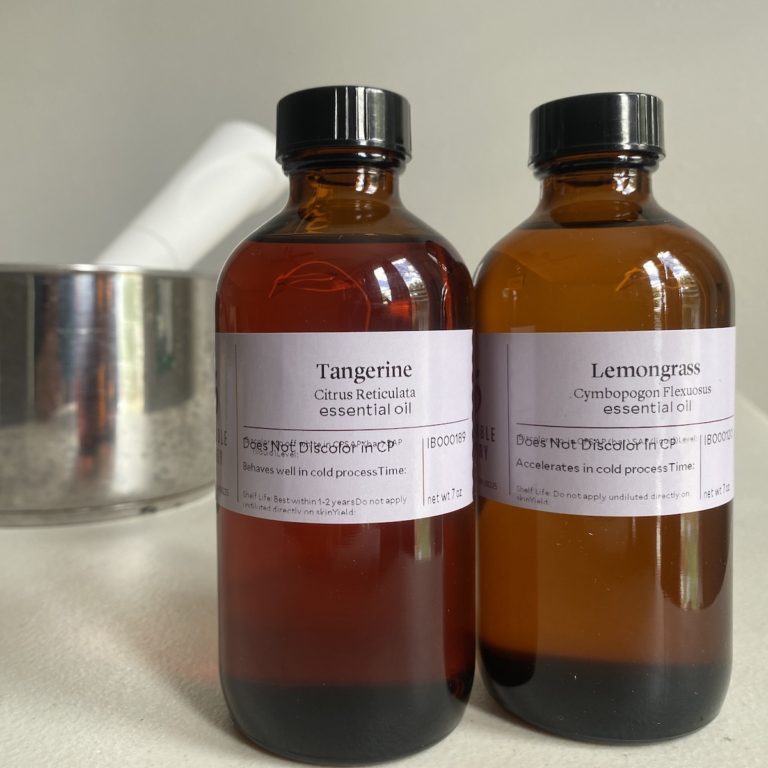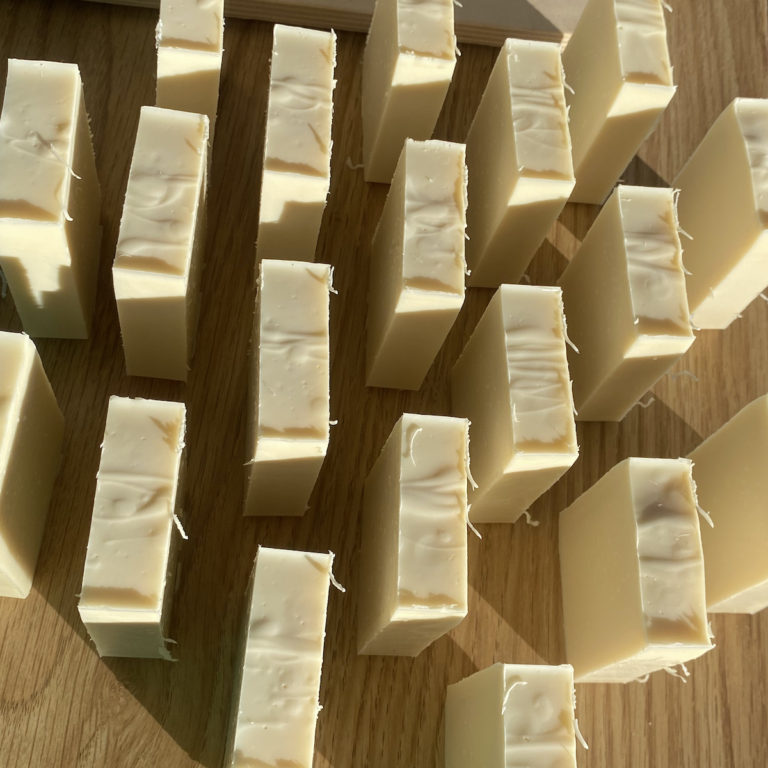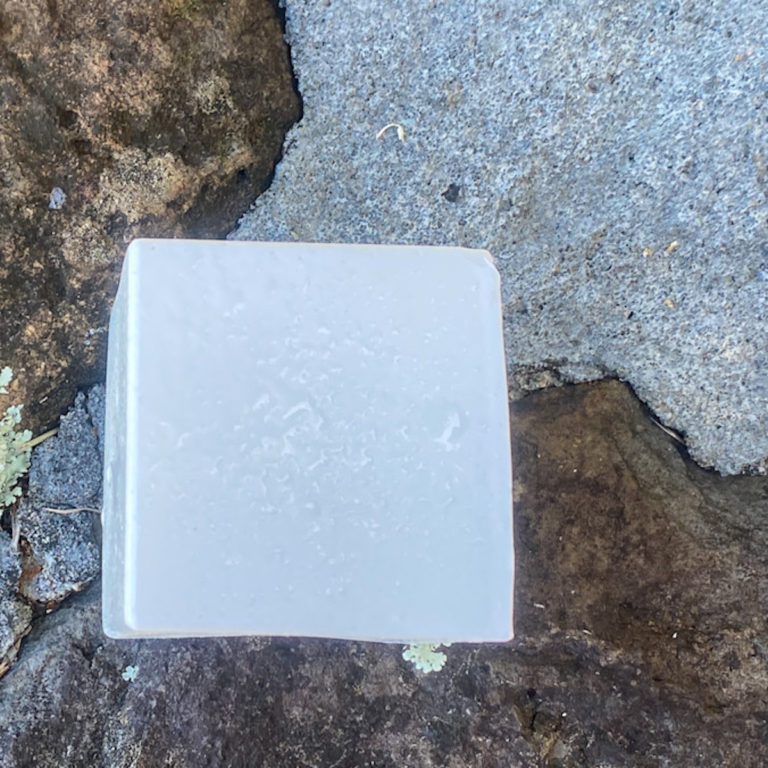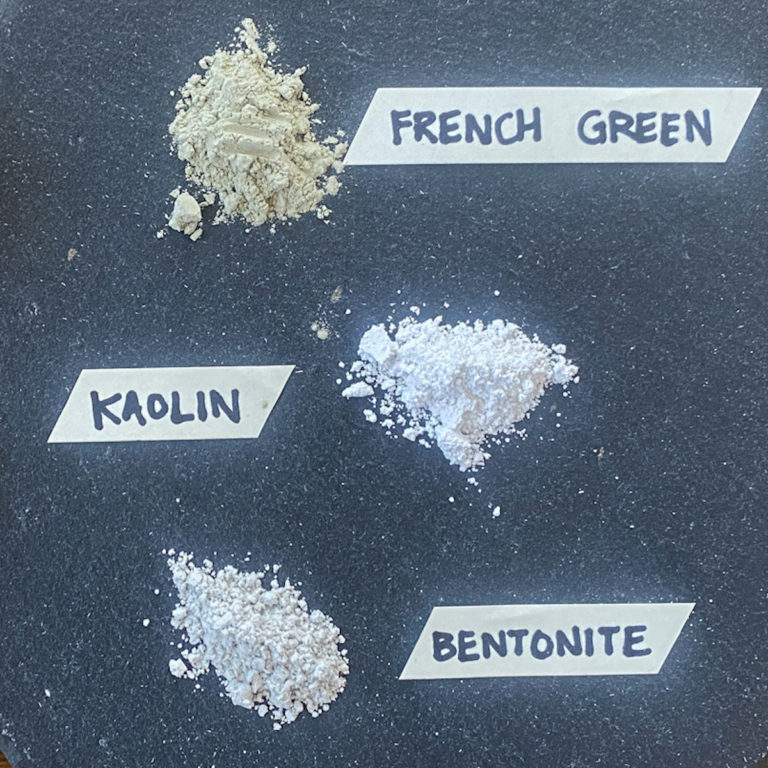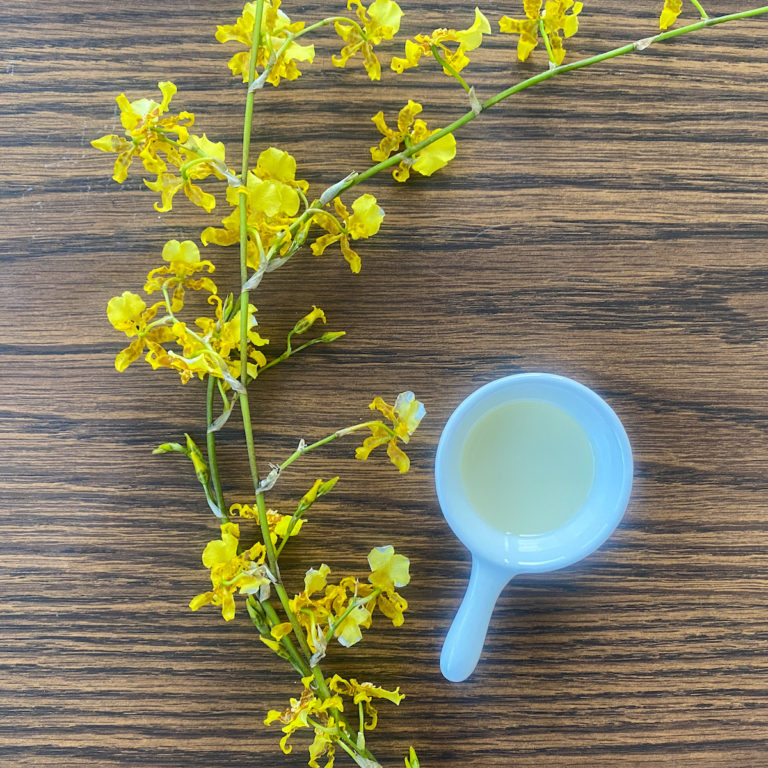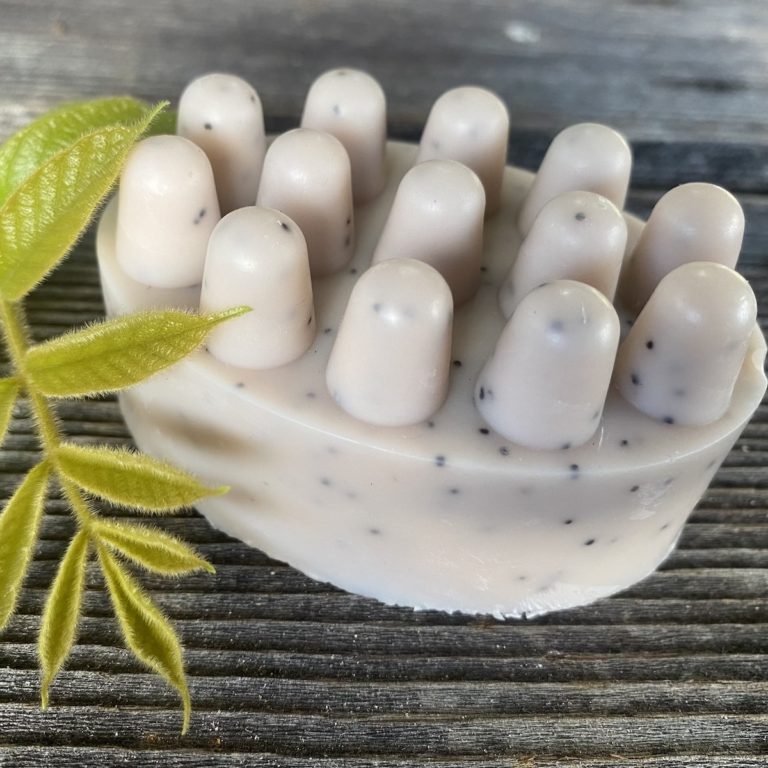Masterbatching in Soap Making
Masterbatching in soap making is a way of saving time. You invest a little more time upfront to make a big batch of mixed ingredients – say, lye and water for your lye solution, or the different types of liquid fat you include in your recipe. This allows you to measure fewer things during your soaping session, saving you time and the trouble of dirtying extra measuring tools.
When & How to Masterbatch
Masterbatching makes sense if you make soap on a regular basis. It does not (in my opinion) if you’re the the occasional soapmaker who doesn’t do more than 2 batches a month.
If this is something you want to try, think about what type of masterbatching would be right for you and do some experimenting before you go crazy with it.
For me, I tried masterbatching my lye solution because I find facing the reaction generated by lye and water the most unpleasant part of the soapmaking process. Even more so than the cleanup. I can’t stand the fumes that happen in the first few minutes of mixing lye into water, so I figured why not deal with a big batch at one time rather than do this every single soaping session? I enjoyed it for awhile, but ultimately determined masterbatching lye wasn’t for me, at least not at this time. I’m glad I didn’t go out and purchase any special containers for it, which would have been a waste.
Speaking of containers, one of first things to think about is which container you’re going to use to hold your masterbatched mix. It should be fairly big if you want to mix quantities that make this worth your while.
And if it’s lye solution you’re making, it should be a plastic #2 or plastic #5 container, as these are the plastics that are safe for holding lye. Stainless steel is another option, but I don’t feel right about storing lye solution in stainless so I didn’t try it.
Some Storage Ideas I’ve Seen Are:
- tupperware type containers (may not be lye safe)
- (thoroughly cleaned) 100oz laundry detergent jugs (these are usually plastic #5)
- the plastic bottles that powdered/flaked lye comes in if the seal is good enough (these are containers you know are lye safe)
- bulk size oil bottles like the Costco/Kirkland olive oil bottles (not lye safe).
Working Out Your Masterbatch Numbers
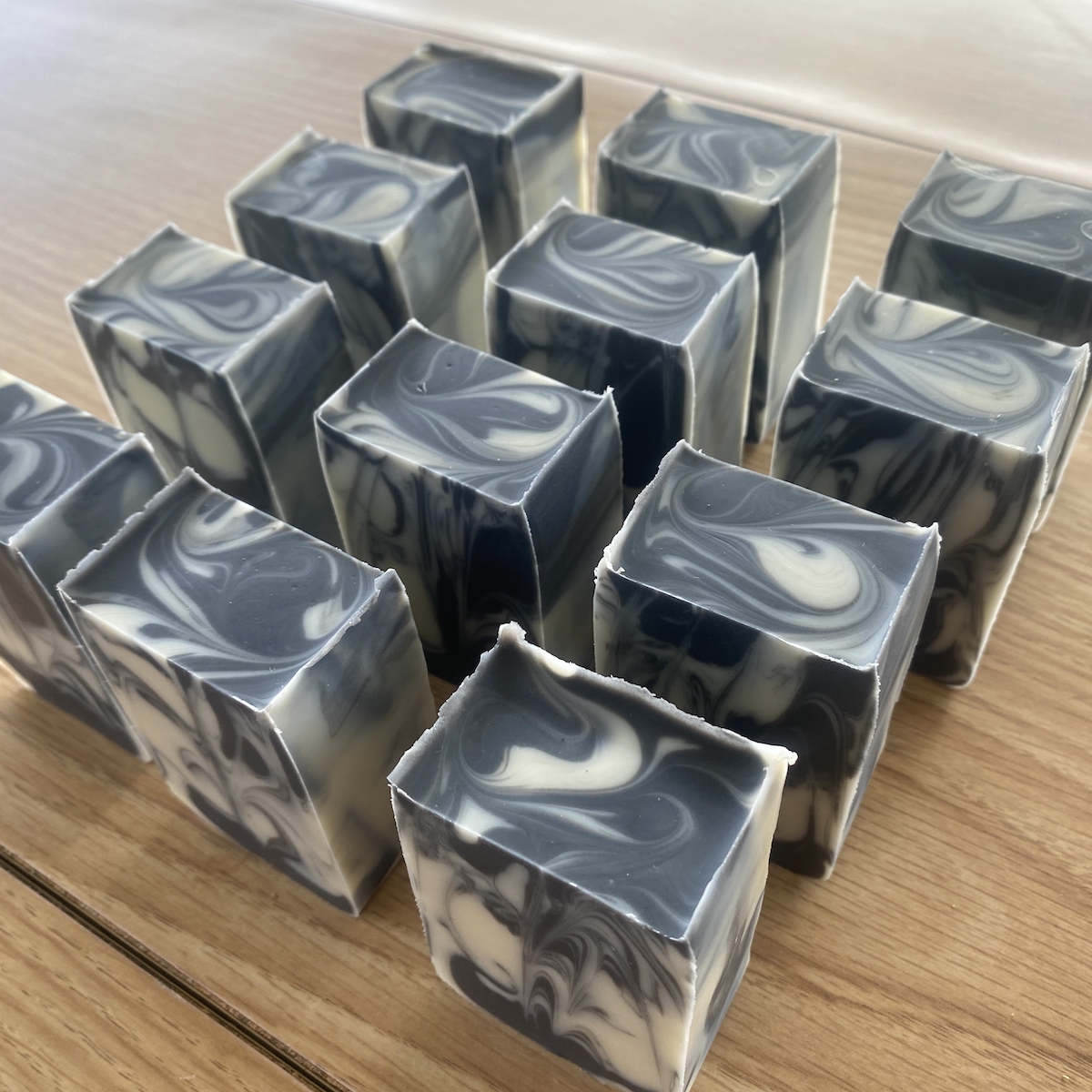
There’s a little bit of number crunching involved in preparing a masterbatch. I suggest you use a spreadsheet to document your plan. You can use spreadsheet formulas to do the math for you, and you can refer back to it in the future if you want to continue doing this. It also makes scaling easier if you want to go even bigger in the future. But in the end you want to do whatever you feel comfortable with, so if its pen, paper, and a calculator you want to work with, I’m all for it.
One of the first things to figure out is how much your storage container will hold. This is easy when you’re reusing an old bottle like a laundry detergent jug or an olive oil bottle because that info is right there on the label, so that’s even more reason just start by just using what you already have access to rather than going out and buying something. Whatever you choose for your container, knowing how much it will gives you an idea of the max amount of solution you can make.
Next you figure out how much of each ingredient you can fit into your container, in the same proportions your recipe calls for. Never go over the max! Going over the max would be messy to say the least.
Once you get everything in your storage container, you want to mix thoroughly. This ensures that when you actually used your mix, you’re getting the correct proportions of each ingredient.
Using Your Masterbatched Mix to Make Soap
To use your mix, add an amount equal to the sum of your masterbatched ingredients to your soap batter. Let’s take an example recipe of:
- 100 grams of olive oil
- 80 grams of sunflower oil
- 50 grams of coconut oil
- 40 grams of shea butter
(I have no idea if this is a good recipe, by the way, so don’t use it unless you just feel like experimenting. And if you do experiment please let me know your results).
Ok, back to the point – if you’re using the recipe above I would assume you masterbatched your olive and sunflower oil since those are your liquid fats. In that case, you would pour 180 grams of your masterbatched mix into your melted coconut oil and shea butter (which you measure out as usual). Then proceed as usual, adding your lye solution and bringing it to trace.
Masterbatching Soapmaking Tips:
Your mixing/storage container must be completely clean. Any contaminents could shorten the shelf life of your ingredients, which shortens the shelf life of your soap.
If you’re masterbatching a lye solution, either the mouth of your container needs to be wide enough to allow you to mix with a lye safe instrument like a rubber spatula, or you need to mix in a container with a wide enough mouth and transfer it to your storage container later (the simplest would be after it has thoroughly cooled).

